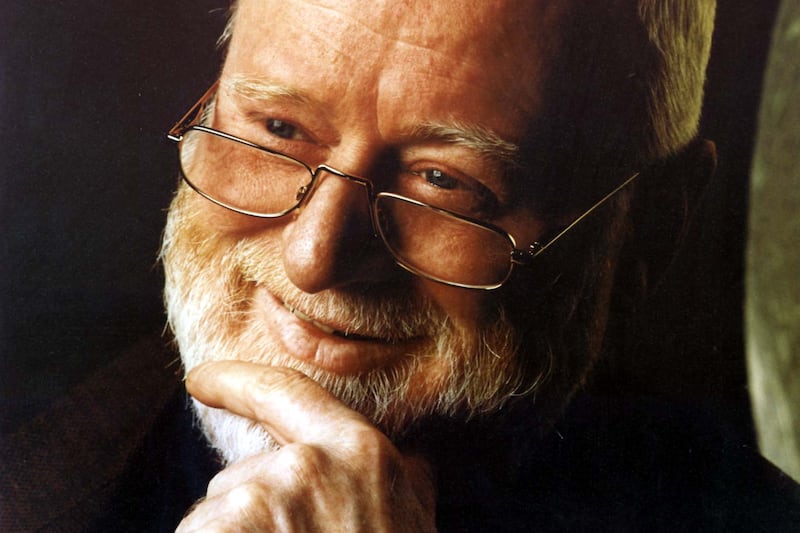We’ve all taken wrong turns on journeys, but none have been as momentous as the wrong turn taken by Douglas Corrigan.
When he turned east instead of west, he became an instant celebrity and would be forever known as “Wrong Way Corrigan”.
Some 85 years ago this year, the Texas-born aircraft mechanic took off in his small airplane from an airfield in Brooklyn. He was supposed to head west and land in Los Angeles but instead he arrived at Baldonnel airport in Dublin the following day to the surprise of everyone.
According to the New York Times he was surrounded by a group of startled airport workers upon landing. “I’m Douglas Corrigan,” he told them. “Just got in from New York. Where am I?”
Christmas escapes: Cottages, turrets and lighthouses around Ireland for the perfect reset
David Hanly: Broadcaster’s richly rasping tones ensured RTÉ’s Morning Ireland hit its stride
Two good-value Tesco wines using familiar grapes
The Death of Bunny Munro review: It’s unclear how much of this is a Nick Cave fantasy, but it’s sordid
He may have had a twinkle in his eye when he said this. Douglas Corrigan was an experienced pilot who had sought permission to fly across the Atlantic several times but was repeatedly turned down, mainly because his second-hand modified airplane was deemed to be ill-equipped for such a journey. And now he had accidentally made the trip.
But he stuck to his story. He had not checked the weather for the journey across the Atlantic Ocean and the only charts he had with him related to the journey from New York to Los Angeles. He was travelling for more than a day and the only food he had with him was some chocolate, fig crackers and water. In fact, his story could have had a tragic ending. He had no radio, his vision was blocked by the extra fuel tanks he had added to the plane, and he sprung a fuel tank leak when he was over the Atlantic Ocean.
He blamed a malfunctioning compass and heavy cloud for the wrong turn and claimed to be very surprised when the clouds parted and he saw green hills. “When I first saw Ireland there were no bathing beauties on the beach, no orange groves, so I knew it wasn’t California,” he told the Los Angeles Times, 50 years after the event. He recalled how, when he said his name was Corrigan, a policeman said: “Just another Irishman coming home.”
The Irish authorities didn’t know what to do with the colourful American who had emerged from the clouds with no passport or permits, but he was a welcome distraction for the country. And with a name like Corrigan, of course he had Irish heritage. He said he had always wanted to see his father Clyde Corrigan’s homeland, and this was partly the reason why he wanted to fly across the Atlantic Ocean.
During his impromptu stay in Dublin, he met the taoiseach Éamon de Valera, and President Douglas Hyde and was accommodated at the American ambassador’s residence in Phoenix Park.
In his autobiography, That’s My Story, he told how, when he explained his compass tribulations to de Valera and his officials, everyone started laughing and he knew things were going in his favour. The taoiseach said that he had come to Ireland without papers so he could leave without papers. When the pilot apologised for the trouble he had caused, de Valera said it was no trouble because the unorthodox flight had put Ireland on the map.
Radio Éireann opened its studios at the GPO in the middle of the night to facilitate an interview with NBC and he was mobbed as he made his way to Cork for his return journey to the US.
He couldn’t fly back, of course, as he had broken a long list of regulations and his pilot’s licence was suspended. Fortunately for him, he was at sea for the suspension period, sailing back from Cobh with his crated-up plane.
His licence was reinstated as soon as he arrived back on US soil.
Of course, he wasn’t the first to fly solo across the Atlantic. In fact, he had worked on the aircraft used by Charles Lindbergh for that first solo flight to Paris in 1927. But Douglas Corrigan won a special place in people’s affections, perhaps because it was 1938 and people were hungry for a good news story.
The one million-strong crowd that lined the streets of Broadway for a parade when he returned was said to be bigger than the crowd that turned out for Charles Lindbergh after his record-making journey. A film telling his story – The Flying Irishman – was rushed out, and a watch that ran backwards was commissioned in his honour. He would be receiving gifts of compasses for years to come.
For Douglas Corrigan, his one wrong turn proved to be the right turn at exactly the right time.
















